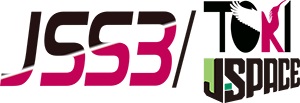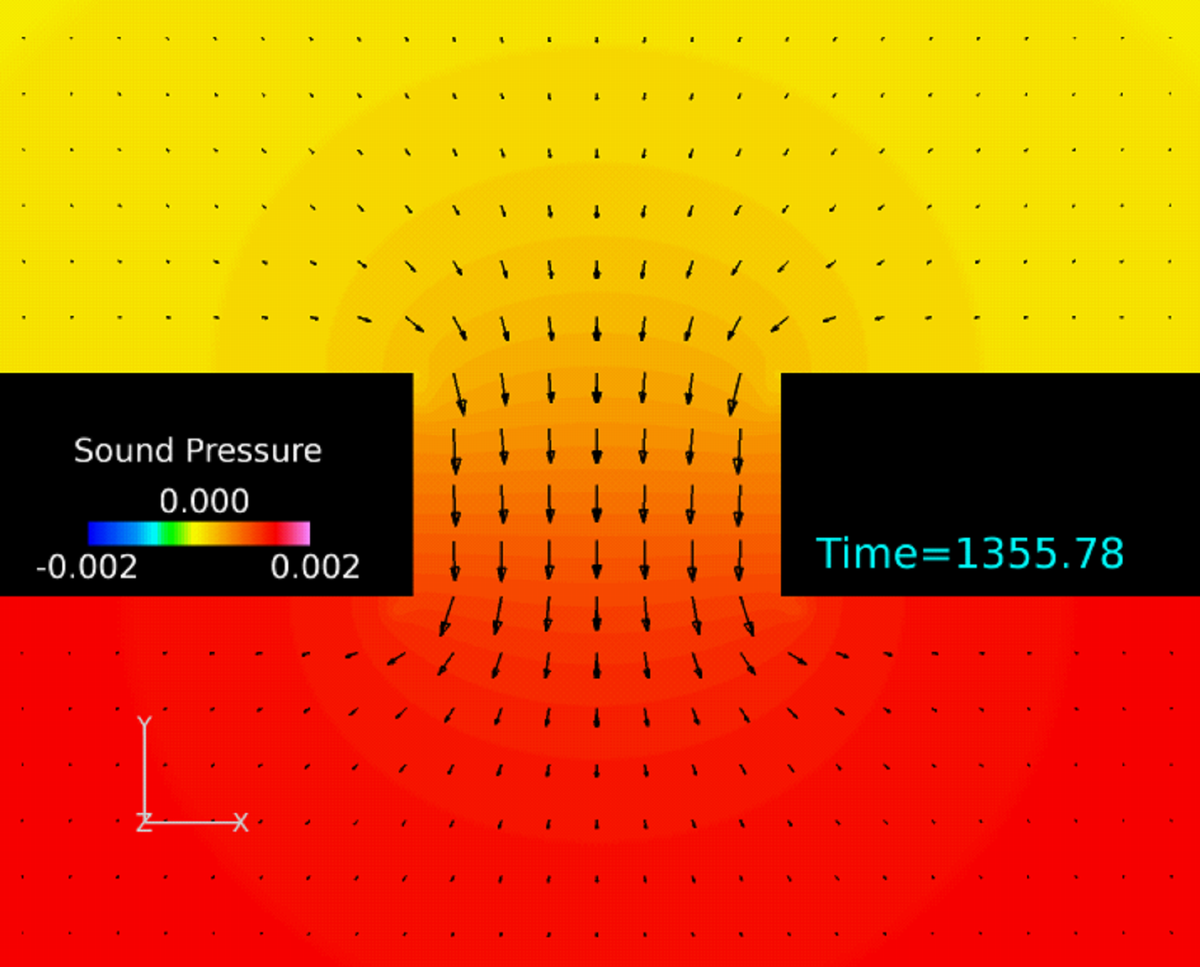aFJR light weight sound absorption liner technology development
JAXA Supercomputer System Annual Report April 2016-March 2017
Report Number: R16E0024
- Responsible Representative: Toshio Nishizawa(Aeronautical Technology Directorate, aFJR project team)
- Contact Information: Shunji Enomoto(eno@chofu.jaxa.jp)
- Members: Tsubasa Iwafune, Yusuke Akamisaka, Takuma Kanda, Daisuke Sasaki, Shunji Enomoto, Ryo Inagaki
- Subject Category: Aviation(Aircraft engine)
Abstract
The purpose of aFJR project is to advance research on jet engine component technologies so that Japanese manufacturers can join more effectively in international joint-development projects on next-generation jet engines. We reduce its weight without sacrificing sound-absorbing performance by changing the material to resin.
Goal
Please refer ‘aFJR (Advanced Fan Jet Research) project | ECAT – Environment-Conscious Aircraft Technology Program | Aeronautical Technology Directorate‘.
Objective
Please refer ‘aFJR (Advanced Fan Jet Research) project | ECAT – Environment-Conscious Aircraft Technology Program | Aeronautical Technology Directorate‘.
References and Links
Please refer ‘aFJR (Advanced Fan Jet Research) project | ECAT – Environment-Conscious Aircraft Technology Program | Aeronautical Technology Directorate‘.
Use of the Supercomputer
For the development of light-weight sound-absorbing liner technology in aFJR project, we develop a numerical method to evaluate sound absorption coefficient of sound absorbing liners, and devise improved liners.
Necessity of the Supercomputer
It is necessary to simulate many shapes of absorbing liner in order to search for shapes with high sound absorbing performance.supercomputer with excellent calculation capacity / data capacity is useful for this kind of task.
Achievements of the Year
We attempted to evaluate the sound absorption coefficient of sound absorbing liners by numerical calculation using UPACS-LES which is an analytical code with less attenuation of sound waves using a 6th-order compact scheme. Simulation of the sound absorption performance evaluation test by impedance tubes, calculation of the acoustic wave entering the sound absorbing liner using the axisymmetric two dimensional shape calculation lattice was performed, and the sound absorption coefficient was calculated using the standing wave ratio method. Fig.1 shows pressure field and particle velocity vector at a certain moment generated when a sound wave enters the sound absorbing liner. Fig.2 shows the entropy generated around the hole of the sound absorbing liner, and it can be seen that the sound is absorbed by loss occurring near the hole wall. By applying this method, we are developing a liner shape with a higher sound absorption coefficient.
Publications
N/A
Computational Information
- Parallelization Methods: Hybrid Parallelization
- Process Parallelization Methods: MPI
- Thread Parallelization Methods: OpenMP
- Number of Processes: 12
- Number of Threads per Process: 2
- Number of Nodes Used: 2
- Elapsed Time per Case (Hours): 12
- Number of Cases: 160
Resources Used
Total Amount of Virtual Cost(Yen): 1,829,425
Breakdown List by Resources
| System Name | Amount of Core Time(core x hours) | Virtual Cost(Yen) |
|---|---|---|
| SORA-MA | 83,980.44 | 138,126 |
| SORA-PP | 63,905.31 | 545,623 |
| SORA-LM | 0.00 | 0 |
| SORA-TPP | 60,447.12 | 891,292 |
| File System Name | Storage assigned(GiB) | Virtual Cost(Yen) |
|---|---|---|
| /home | 393.39 | 3,710 |
| /data | 13,141.64 | 123,965 |
| /ltmp | 10,009.77 | 94,422 |
| Archiving System Name | Storage used(TiB) | Virtual Cost(Yen) |
|---|---|---|
| J-SPACE | 10.46 | 32,283 |
Note: Virtual Cost=amount of cost, using the unit price list of JAXA Facility Utilization program(2016)
JAXA Supercomputer System Annual Report April 2016-March 2017




